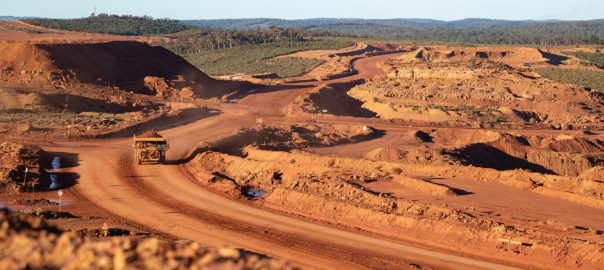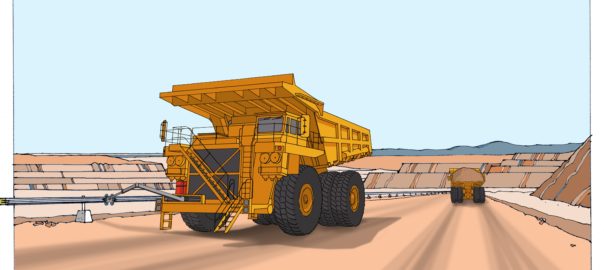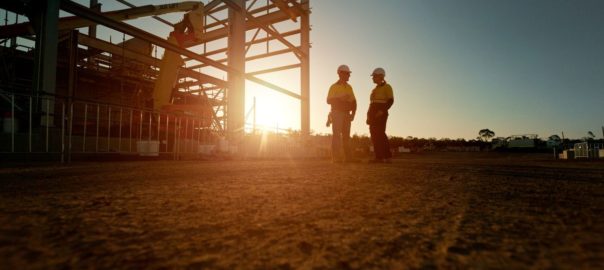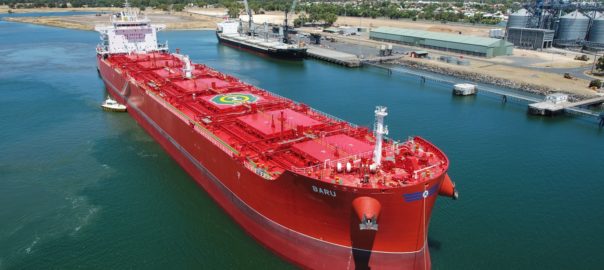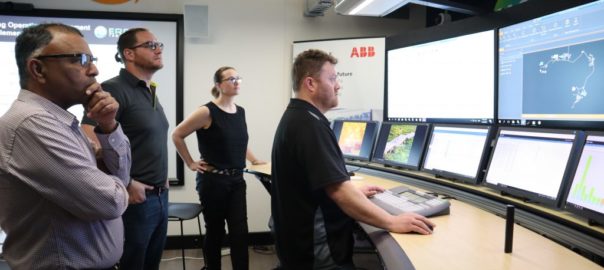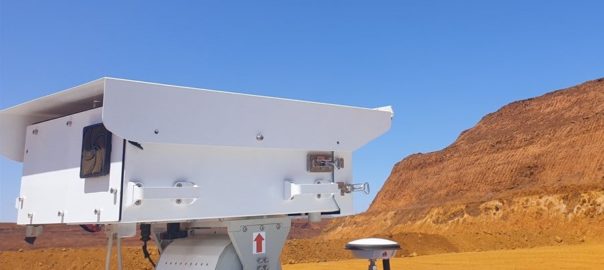SRG Global Ltd says it has secured significant new contract awards with existing Tier 1 clients, including South32 and BCI Minerals, valued at circa-A$80 million ($55 million).
The South32 term contract is an extension to the existing contract and has a duration of two years for works at the Worsley Alumina bauxite and alumina refinery operations in Western Australia. The scope of works is to provide civil services for the continuous enhancement of BRDA embankments as well as other civil and road maintenance services. The contract will commence immediately and is expected to complete in 2024.
The BCI Minerals contract will see SRG Global continue to provide earthworks and civil services for the construction of evaporation pond embankment walls as well as other civil infrastructure for gas pipeline corridors and drainage at the Mardie salt and potash project in Western Australia. The contract extension applies to existing works that will start immediately and will be complete in 2022.
David Macgeorge, Managing Director, said: “The South32 contract builds on our six-year relationship at the Worsley Alumina site and is evidence of our ability to add value for key clients through our diverse capability.”
At Worsley Alumina, South32 mines bauxite (pictured) and transports it on an overland conveyor belt to a refinery where the bauxite is turned into white alumina powder. The alumina is then exported to smelters around the world.
He added: “The contract extension at the globally significant Mardie salt and potash project demonstrates our ability to provide value-engineered services to our clients from project inception, and the capability to deliver critical infrastructure for the burgeoning salt and potash sector.”







